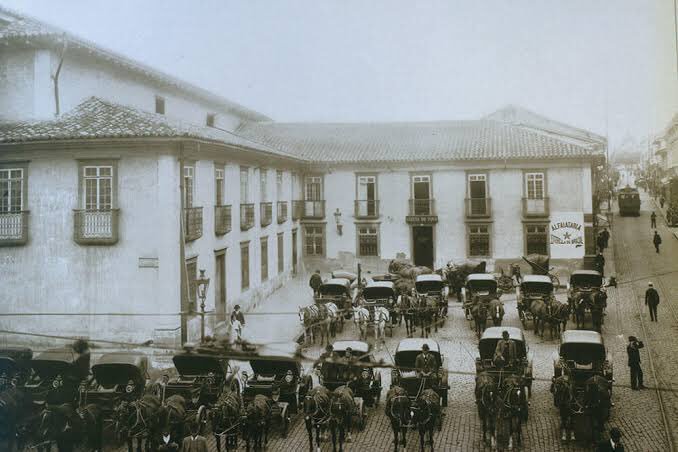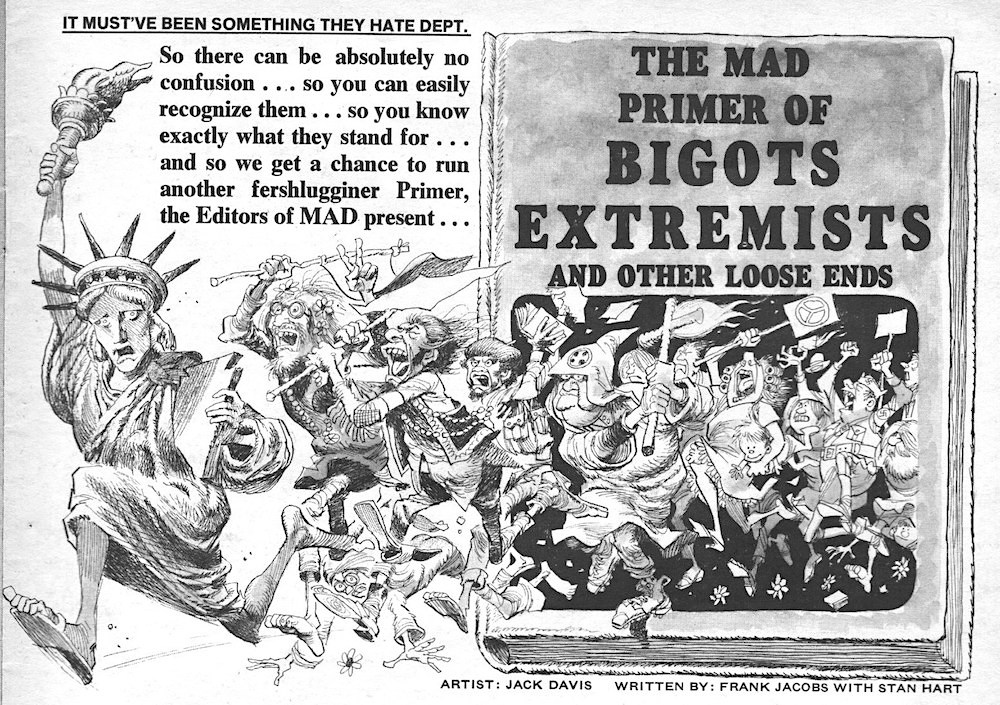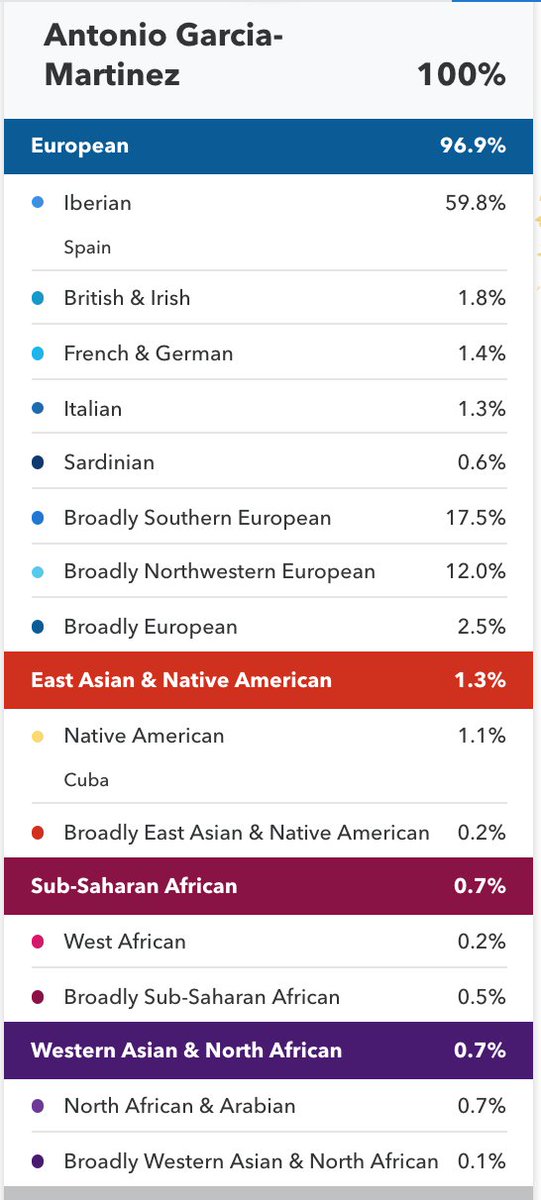Wallelign wrote that, while some call the question of nationalities "tribalism" - it is in fact "nationalism." Ethiopia is not one nation, he wrote, “it is made up of a dozen nationalities with their own languages, ways of dressing, social organization and territorial entity.”
Culture is nothing more than the superstructure of an economic basis that presupposes subjugation of the peasantry and proletariat. To be a “genuine Ethiopian” one has to speak Amharic and adhere to their culture. One must “wear an Amhara mask”- to use Frantz Fanon's terminology.
A common refute to the Neftegna system, whereby Abyssinian elites took lands from southern peoples, was that there are Amhara and Tigray masses in poverty. Another centred on representational politics. In reality, the feudal system oppressed all, but some groups more than others.
While Abyssinians are not dominant because of inherent imperialist tendencies, this is no excuse to perpetuate this situation. The only way forward is a state where every nationality is given equal opportunity to preserve and develop its language, culture and self-administration.
Wallalign did not believe this could be achieved through a military coup. By using revolutionary violence, he proposed to make a broad-based assault on the foundations of the existing system. The struggle must be "expanded to all nationalities, led by peasants and workers."
On the matter of secession, Wallelign wrote: “We should never dwell on the subject of secession, but whether it is progressive or reactionary.”
Months before Wallilegn’s death, Ethiopia’s first political party – the Ethiopian People’s Revolutionary Party (EPRP) - was formed. The All Ethiopia Socialist Movement (MEISON) had previously been formed in 1968, clandestinely in Europe.
After the students brought down Haile Selassie’s feudal monarchy, a cabal of military leaders, the DERG, overtook the student movement. Led by Mengistu Hailemariam after 1977, the authoritarian regime's “Red Terror” campaign against opponents led to some 500,000-1,000,000 deaths.
Factions from the student movement took up arms in Tigray. The Tigray People’s Liberation Front (TPLF) professed ethno-national socialism, while the EPRP sought to unite all of Ethiopia’s proletariat. The TPLF won out due to its commitment to the peasantry
https://t.co/EtkV0VmKC1
Having succeeded - alongside the Eritrean People's Liberation Front (EPLF) - in overthrowing the DERG, the TPLF took power in Addis Ababa in 1991. By 1995, its ruling coalition had - with the Oromo Liberation Front (OLF) - designed a new constitution, based on ethnic federalism.
The problem was that the EPRDF coalition never effectively implemented the constitution and became deeply authoritarian. The TPLF ruled from the centre, kicked the OLF out of the country and concentrated power/resources in the hands of a small - mostly Tigrayan - elite.
Despite huge advancement in HDI, economic pressures (land grabbing, unequal development, poor wages etc) spurred protests in Oromia in 2014/15, and then in Amhara, which led to the EPRDF's (and thus TPLF's) loss of power in 2018, when Abiy Ahmed became PM.
https://t.co/QbYCGvf2hg
Ethiopia is again facing the question of nationalities raised by Wallilegn. Many Oromo, Somali, Wolayta, Tigray, Sidama etc. cherish the constitution's clauses on self-determination. Most Amhara/other pro-govt ppl say that this system bred ethnic conflict.
https://t.co/6OWqog975A


























































